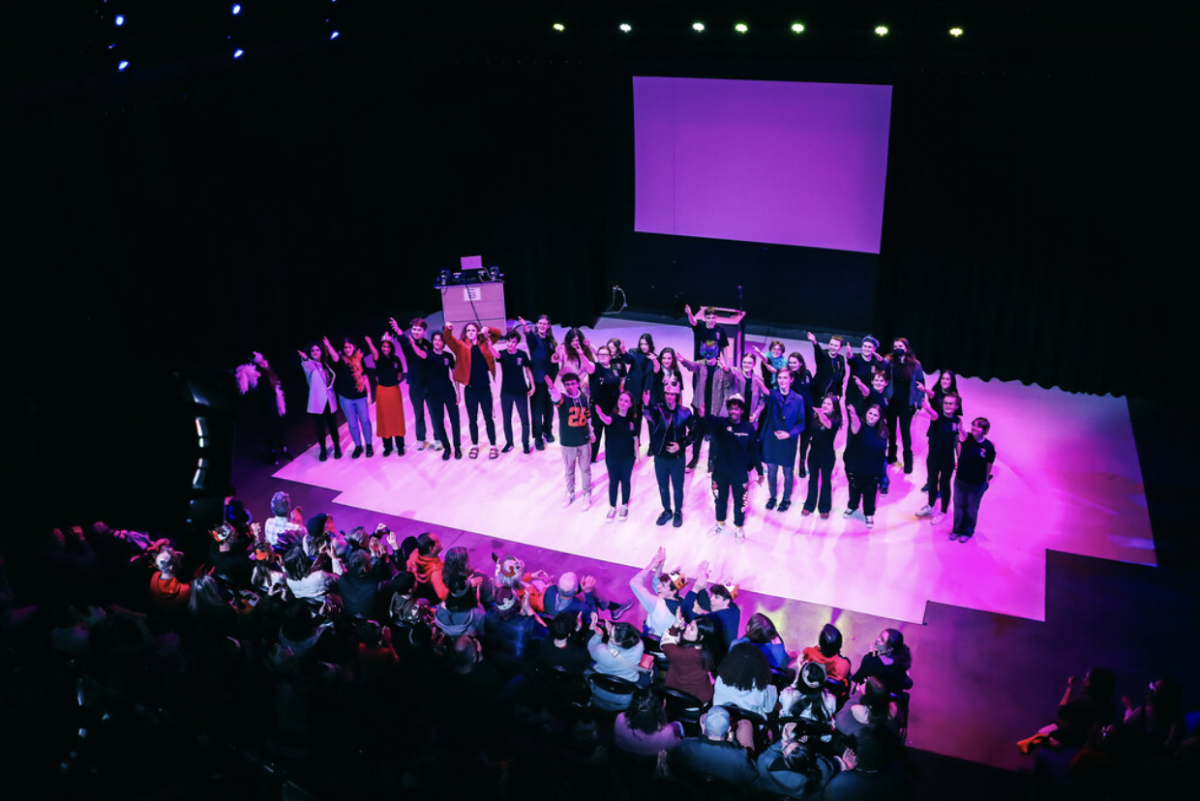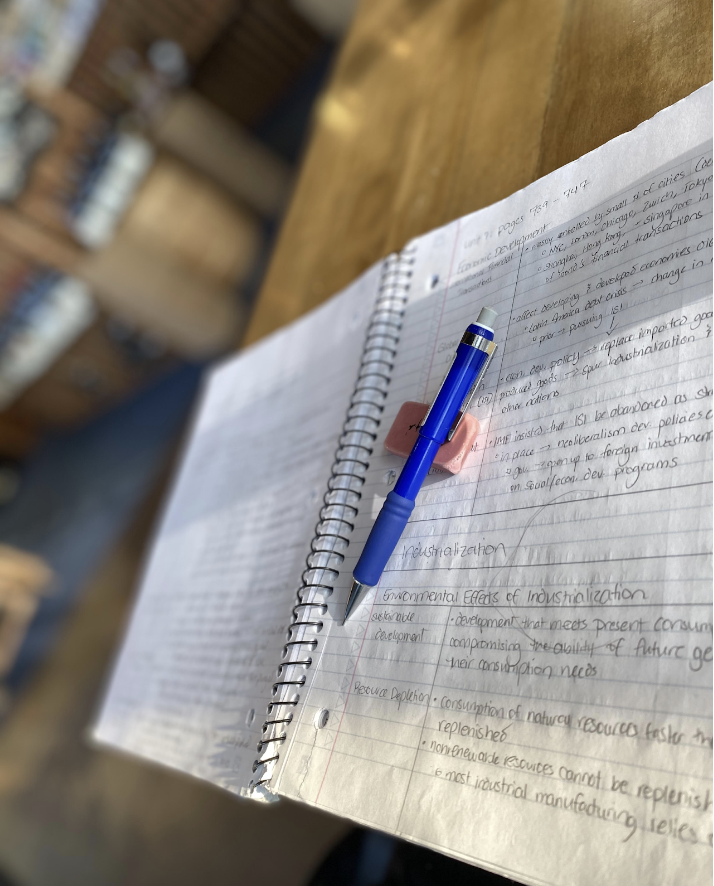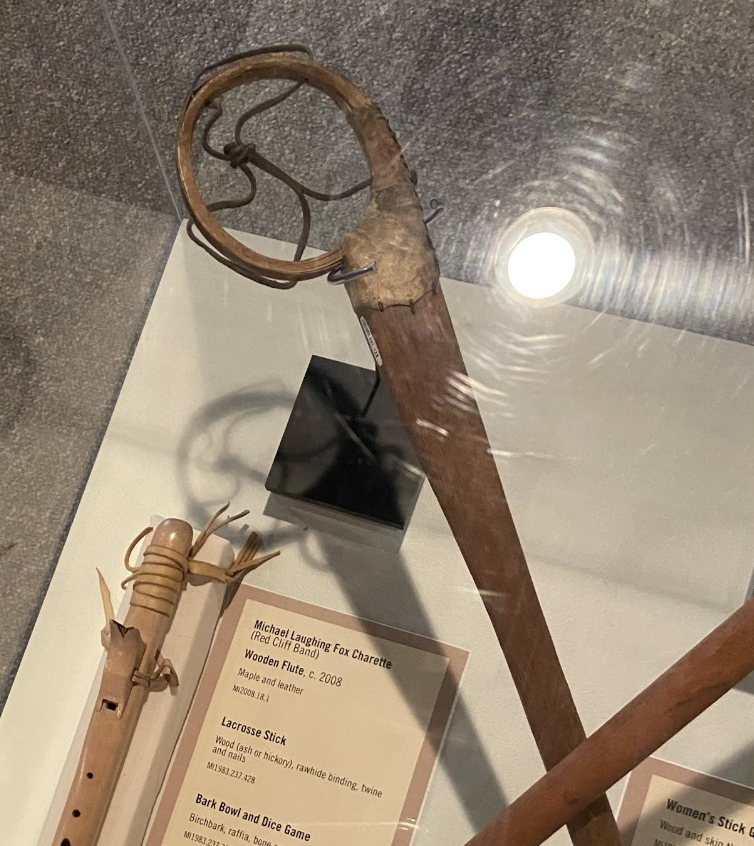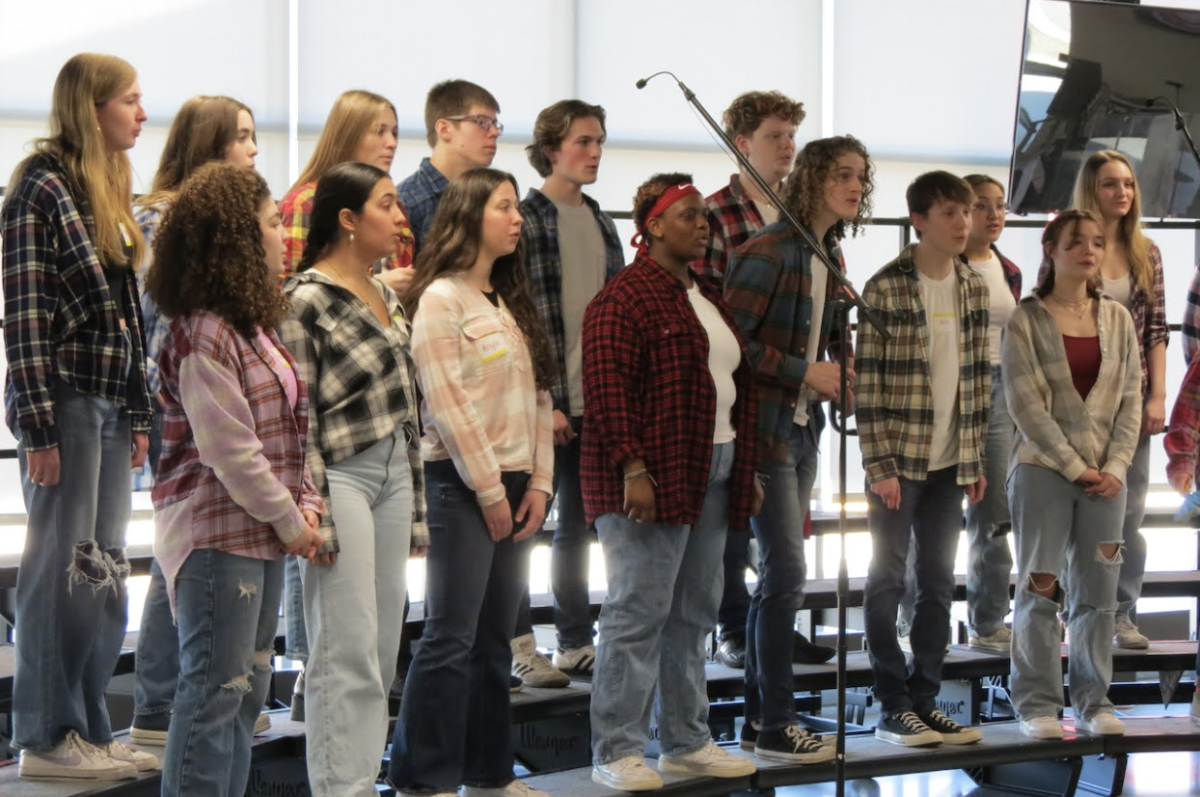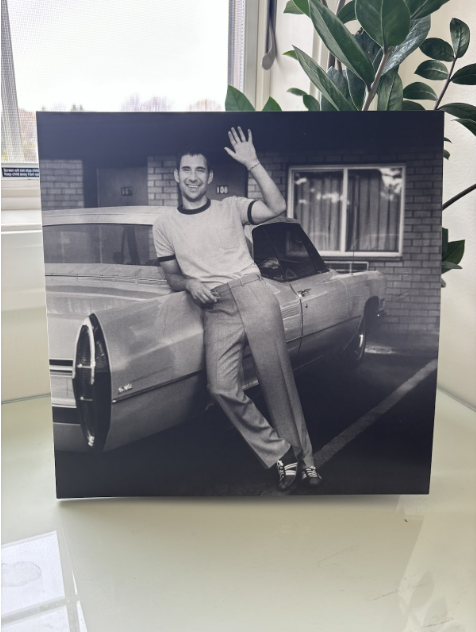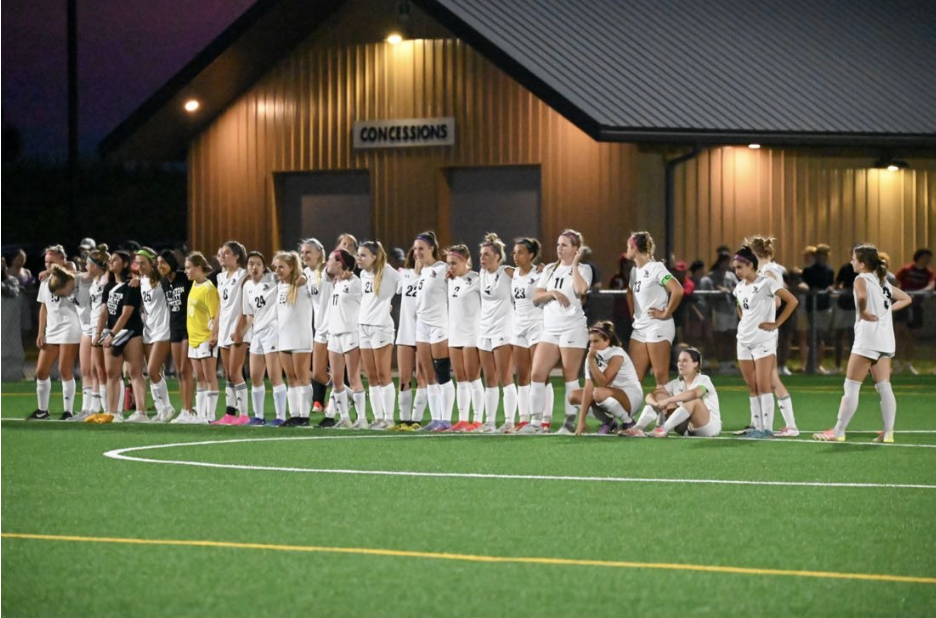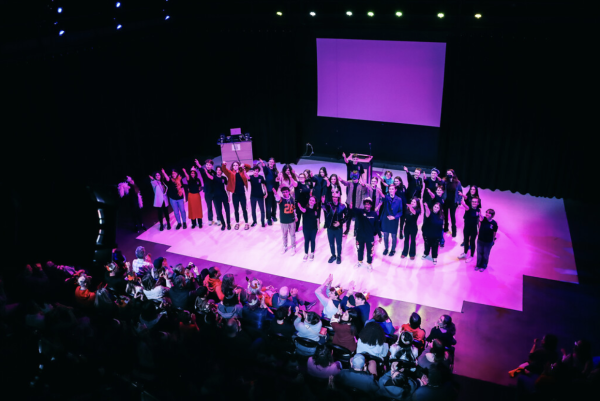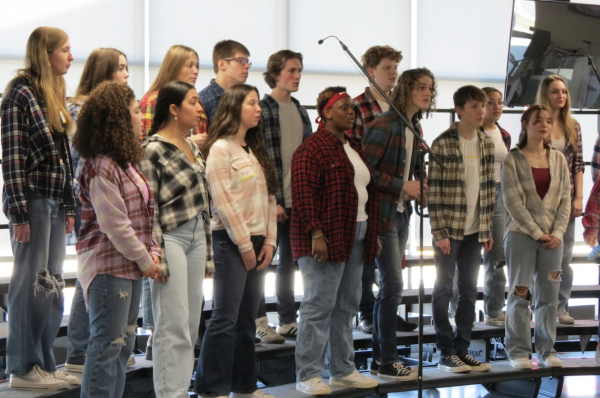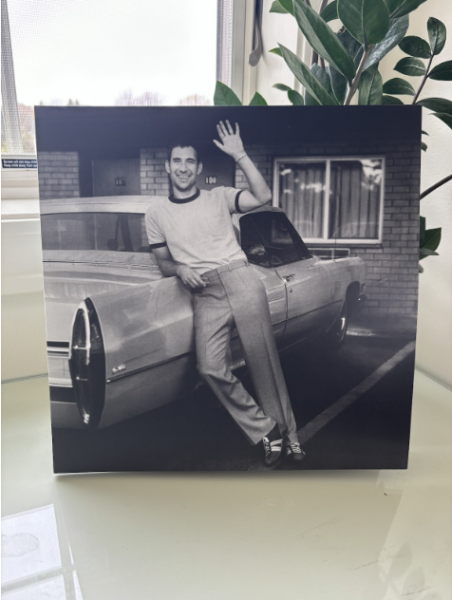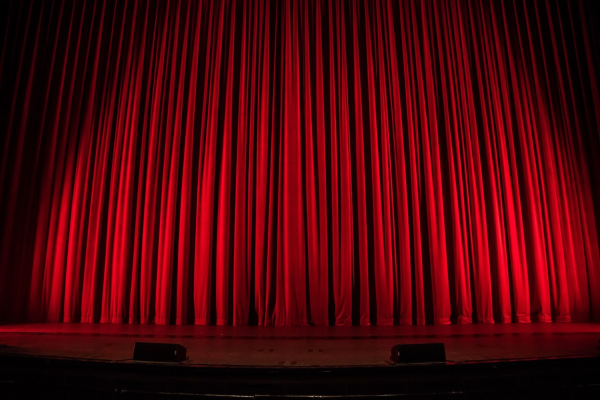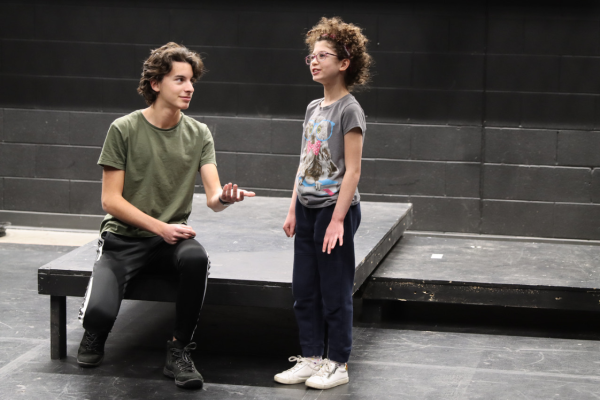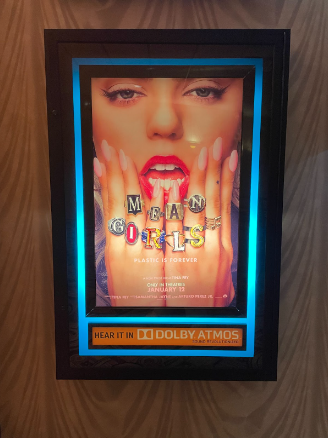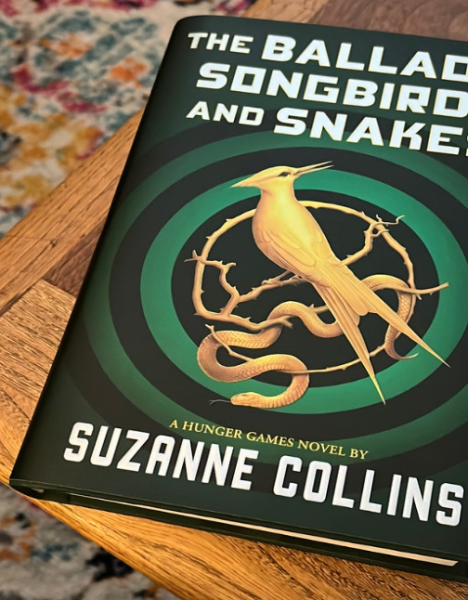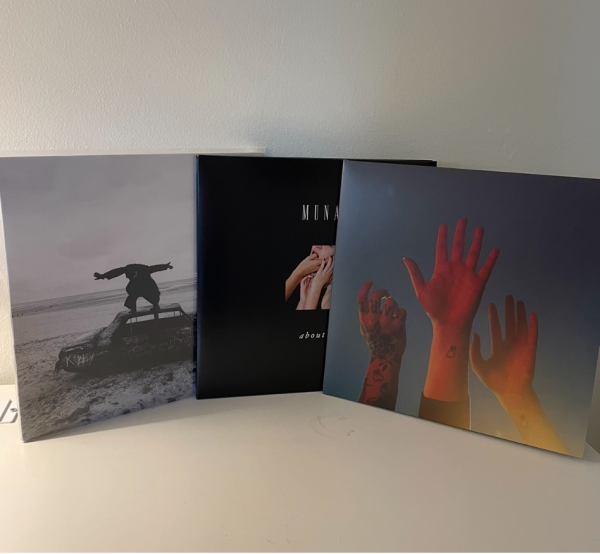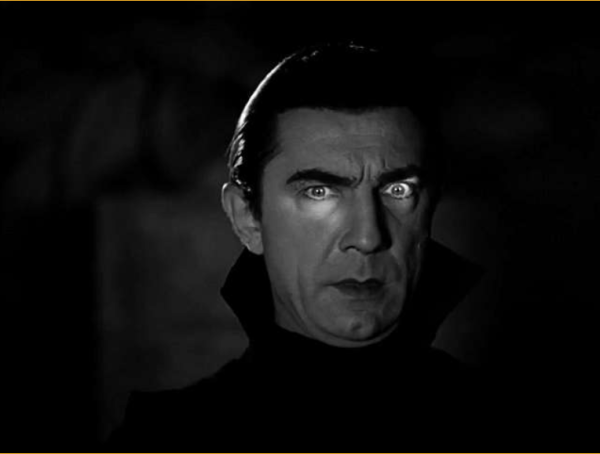Solo and Ensemble: MHS Musicians
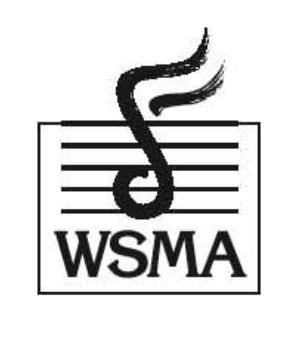
March 16, 2018
Every year, hundreds of MHS musicians participate in Solo and Ensemble Festival, a state-wide music festival (part of the Wisconsin School Music Association) for middle and high school students. The event takes a tremendous amount of volunteer power to coordinate and results in useful performance critique for the participants and possible advancement to the state level.
What is Solo and Ensemble Festival?
Solo & Ensemble Festival is a state-wide event aimed to help serious musicians in middle and high school improve their performance and acquire experience performing in front of an audience. Adjudicators listen to a student perform their chosen solo or group piece and give feedback to help them improve. There is also a rubric, which varies by event, where the judges give a score in each of five categories (one being the best score, ten being the worst). The scores in each category are added up to get the student’s total score for the event.
What types of events are there?
There are many events that a student can choose to participate in, ranging from strings to brass to vocal. There are options for solos, as well as small and large group events. Each event has a specific number (e.x. 1111 for Soprano Solo). There are three classes for Solo and Ensemble — A, B, and C (A being the highest). For each event, the WSMA publishes a list of acceptable pieces for that event, each with its own number. To register for an event, you would indicate the event number, class, and piece number you wished to perform (E.x. 1111A9). You can find the list in most of the music rooms at MHS.
Who can participate in Solo and Ensemble?
Any student can participate! If you are interested in participating in Solo and Ensemble, talk to Mr. Kurr, who is in charge of Middleton’s district festival. You need to fill out forms indicating which festival you want to perform at (there are multiple district festivals), your piece selection, and your accompanist. If you are participating in a school music ensemble, such as band, choir or orchestra, the school provides an accompanist and times to rehearse with them.
What is the rating system?
When you perform your piece, the judge has a rubric with them to “rate” your performance in each of the categories (however, the feedback is aimed to help the student improve, not to criticize or discourage). For example, for a string solo, the categories would be focused on pitch, tone, rhythm accuracy, and expression (bowings, dynamics, etc.). You could receive a score ranging from 1 to 10 in each of these areas, with 1 being the best score. Then, the scores from all of the categories are added together to get the overall score, the lowest possible being five points. The overall score is done on a different scale (ranging from 1* to 5, with 1* being the best). For example, a person who received a combined score of between five and eight on a Class A piece would earn a 1* rating.
How do you qualify for State Solo and Ensemble?
Any student who earns an overall rating of 1* on a Class A piece qualifies for State Solo and Ensemble Festival. This year’s State festival is at UW-Platteville. At state, the student performs the same piece they performed at district. They have a new adjudicator, who gives feedback and a rating just like at districts. However, at state, the adjudicator in each room chooses a few exceptional performers to earn an Outstanding Soloist or Outstanding Ensemble award.
To gain more insight on the event from the point of view of the administrators, I spoke with Mr. Kurr, chair of the MHS music department and District Festival Coordinator for MHS. For the teachers, planning for the event begins in March of the previous year. Then, in the fall, there are meetings to figure out more of the details, like registration dates and music lists. In November and December, the various music teachers again meet to discuss how to integrate Solo and Ensemble into their curriculum best. “For orchestra, for example,” he said, “Solo and Ensemble is a requirement — each person has to prepare one solo piece and one ensemble piece.” I asked what the hardest part of the event is, and he laughingly replied, “putting together the schedule — it gets crazy with time switches and such.” (The master schedule contains about 600 events to manage, and many students have specific time constraints on the day of the festival). Much of the physical set-up (chairs, music stands, pianos, etc.) is done by parent volunteers. MHS has one parent who oversees the volunteer coordination, done via SignUpGenius, in the weeks leading up to the big day. The day of the festival, volunteers also help to process scores and post results. “Typically,” says Mr. Kurr, “the judges put the completed rubrics in an envelope. We send student runners to go pick them up and bring them to Festival Headquarters.” At festival headquarters, three to four people tally up the scores and record them online. “Then, when enough scores have been processed,” continued Mr. Kurr, “we print out a batch and hang them up for students to see.”
Solo and Ensemble is a large undertaking, both for the students, who have to perfect their pieces and for the teachers and musicians who make the event happen. However, the hard work pays off: This year, about 550 musicians participated in just over 600 events at the MHS festival, and 203 events qualified for the state festival (55% of the eligible Class A events).



